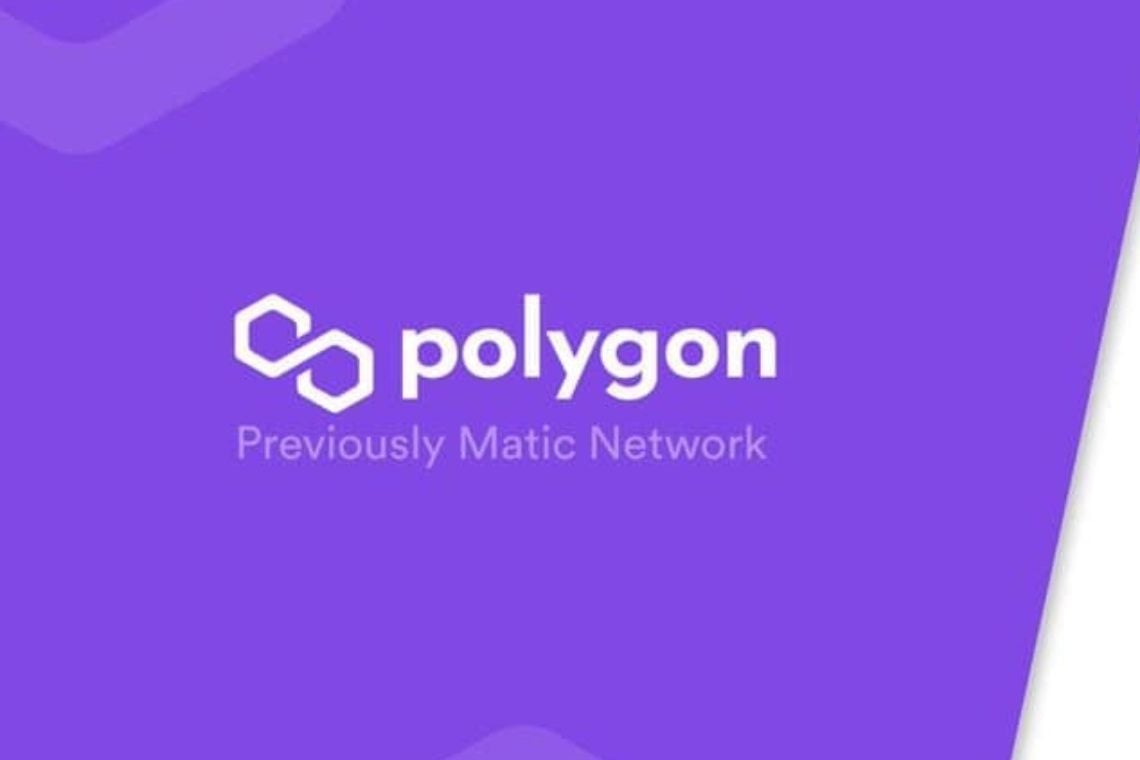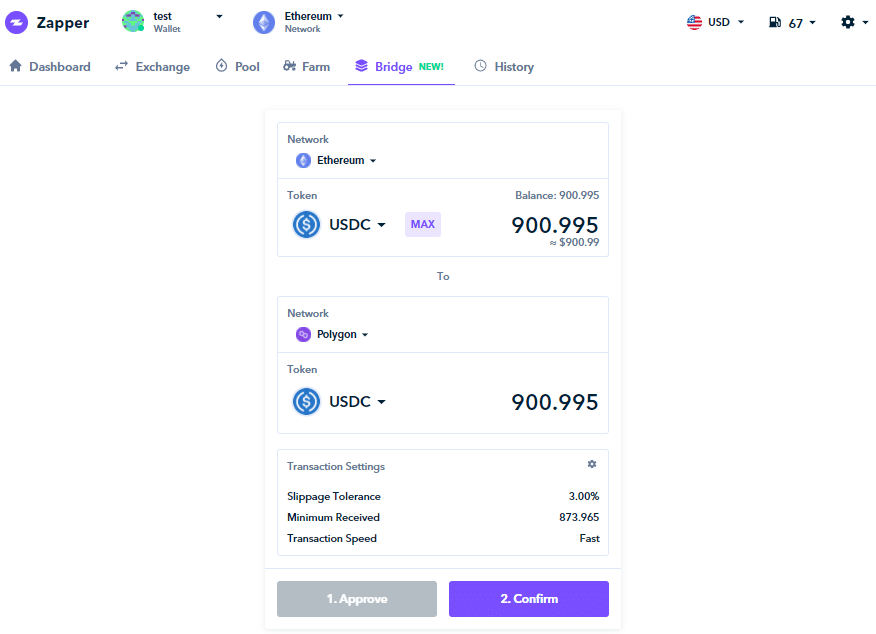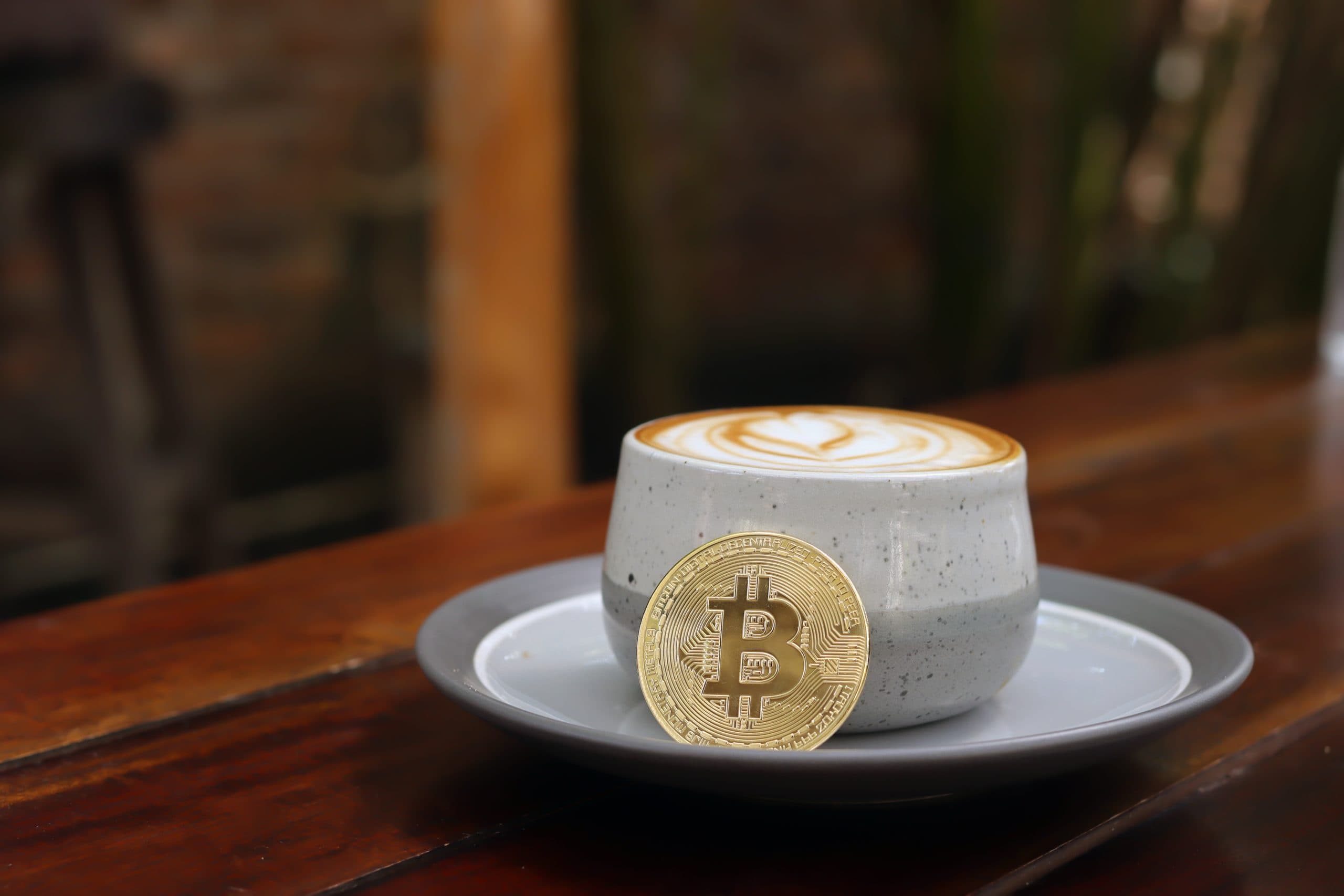Table of Contents

Polygon is a framework for creating interconnected blockchain networks, formerly known as Matic Network. It attempts to solve some of ETH’s main limitations such as low throughput (15 tps) and poor user experience resulting from slow and expensive transactions.
While Matic Network was a simple scalability solution that uses Plasma technology to process off-chain transactions before finalizing them on ETH’s Layer 1, Polygon is designed to support the launch of interoperable blockchains.
The sidechains launched on Polygon are able to communicate both with each other and with the ETH mainchain. This interoperability aims to create a fast, secure and efficient ecosystem of dApps with new use cases.
Why use AAVE with Polygon
With Polygon, transactions are lightning-fast and cost-effective. Polygon’s network leverages the security of the ETH network and uses Chainlink as a price oracle.
The only transition costs to be incurred are those needed to bring assets from the ETH mainchain to Polygon, a process that takes place in 2 transitions and cost $30 in our tests. To facilitate operations, Polygon provides a MATIC airdrop to be able to pay network fees.
Polygon announced $40 million in incentives to use its solution. These incentives come from 1% of the team’s MATIC supply, which are distributed to those who provide additional liquidity on AAVE.
$MATIC liquidity mining is live on the @0xPolygon Aave market
https://t.co/gzkAogjUOS pic.twitter.com/DJIgcuDJDK
— Aave (@AaveAave) April 14, 2021
So, in addition to receiving interest from AAVE, you are “farming” MATIC tokens.
How to switch to Polygon
A basic prerequisite is to have MetaMask installed on your browser with the assets you intend to stake on AAVE. Polygon also supports the use of hardware wallets such as Ledger or Trezor.
The first thing to do is to add the Polygon network to MetaMask:
- Open MetaMask in your browser;
- Click on the current network “ETH Mainnet“.
- Choose the option “Custom RPC” at the bottom of the list.
- Enter the parameters of the Polygon mainnet
- Network Name: Polygon Mainnet
- New RPC URL: https://rpc-mainnet.maticvigil.com/
- ChainID: 137
- Symbol: MATIC
- Block Explorer URL: https://explorer.matic.network
- click on “Save“.
Your MetaMask is now able to interact with the Polygon sidechain. Whenever you want to operate a dApp on Polygon you only need to change the network, and of course you will also need to change it to return to the ETH Mainnet.
The second step is to move your assets from the ETH mainnet to the Polygon mainnet via a bridge. In our example we have used Zapper, a DeFi portal that offers several functions. Go to zapper.fi/bridge and verify that you are on the “ETH mainnet” from your MetaMask.
Choose the token you want to send on the Polygon network from the drop-down menu and the token you want to receive on Polygon (yes, you can even swap while you’re at it). We recommend that you move DAI, USDT or USDC so that you can receive a small amount of MATIC that you will need for your first transactions.
As you can see from the interface, 2 steps are required. First, approve the USDC spending of your MetaMask with the “Approve” button and then sign a transaction with MetaMask. Once the transaction has been approved (be careful, you are still on the ETH network) you will need to confirm the asset move to Polygon with “Confirm“.
This will be the transaction that actually moves your USDC from ETH to Polygon.
Cost of the transaction:
- Spending confirmation: 0.0041916762 Ether ($10.19) with a Gas Price of 0.0000000846 Ether (84.6 Gwei);
- Moving USDC from ETH to Polygon: 0.007431192 Ether ($18.07) with a Gas Price of 0.000000087 Ether (87 Gwei).
These trades can take some time to be approved, and you need to wait for about 35 ETH blocks before the bridge moves the tokens to Polygon. We recommend trading in the morning, the time of day with the lowest Gas cost.
How to use Polygon
Congratulations, once you have moved your assets to Polygon you have done the hard part! You now have some USDC on the Polygon network. As you may have noticed, Polygon’s native currency is MATIC, which is needed to pay for transactions on the network.
The good news is that you don’t have to buy MATIC on an exchange, DEX or AMM as Polygon has already taken care of everything and gives you a fraction of MATIC to use in your wallet. Go to quickswap.exchange, change the MetaMask network to Polygon (you can also do this by clicking on “SWITCH TO MATIC” in the top right-hand corner). Once you are on the Polygon Mainnet a button “CLAIM MATIC” will appear in the top right corner.
This will give you an airdrop of 0.001 MATIC, enough to cover a couple of swaps and one staking/unstaking. A prerequisite for receiving this airdrop is to have at least one asset such as USDC, USDT or DAI on your wallet.
We recommend that you first buy at least a couple of MATIC with your newly deposited stablecoin to be able to pay for future transactions, use quickswap.exchange directly to make the swap.
Investing on AAVE at 0 costs and “farming” MATIC
You can now head over to app.aave.com and start providing liquidity to the pools. If your MetaMask is set to Polygon AAVE will already show you the relevant interface. Click on “DEPOSIT” in the top menu bar to make your first deposit.
Choose what to deposit into the pools by evaluating the AAVE interest and the additional MATIC reward. Periodically you will be able to withdraw the interest with a transaction.
To return assets to the ETH mainnet, you can use the MATIC bridge at wallet.matic.network/bridge.
Other projects you can visit on Polygon are:
- Polymarket, a prediction market (like Augur)
- Aavegotchi, an NFT game based on DeFi
- Decentral Games, a series of casinos in the Decentraland metaverse
- SportX, sports betting
- Easyfi, a fork of Compound that offers several DeFi-based products
- Neon District, a cyberpunk adventure RPG game
Cryptorefill, an app that allows users to buy gift cards with cryptocurrencies, has also recently joined the ranks of projects adopting Polygon. Several DeFi and NFT projects are also joining the Polygon ecosystem.
Conclusions
Once you have crossed the “bridge” to Polygon, everything becomes easier, and interacting with DeFi and the various dApps is finally pleasant and fun. However, although Polygon has tried to make things easier, the experience is not frictionless. But it’s worth a try, ETH’s medium-term future lies in layer 2 protocols, and we’ve already seen how the pioneers of these protocols have often been rewarded in the past.
The post How to use Polygon in DeFi and earn MATIC on AAVE appeared first on The Cryptonomist.




























